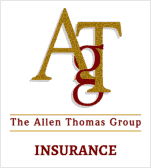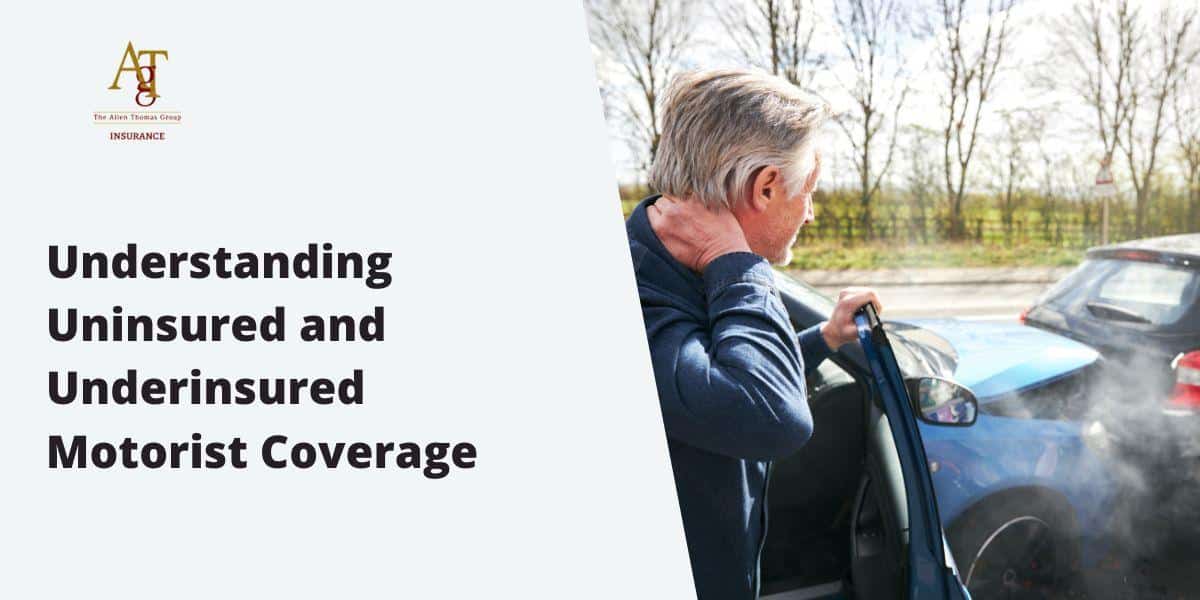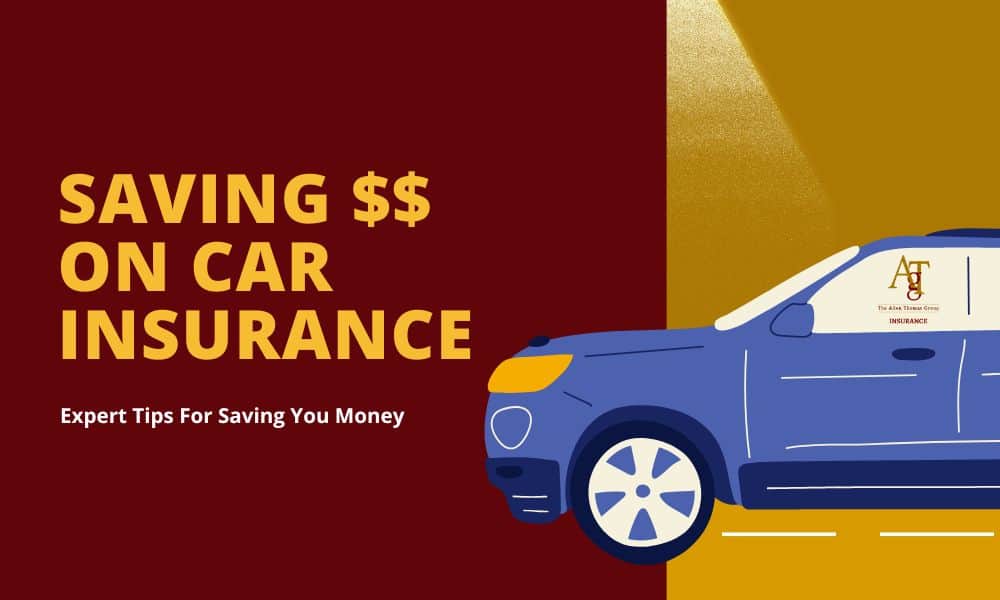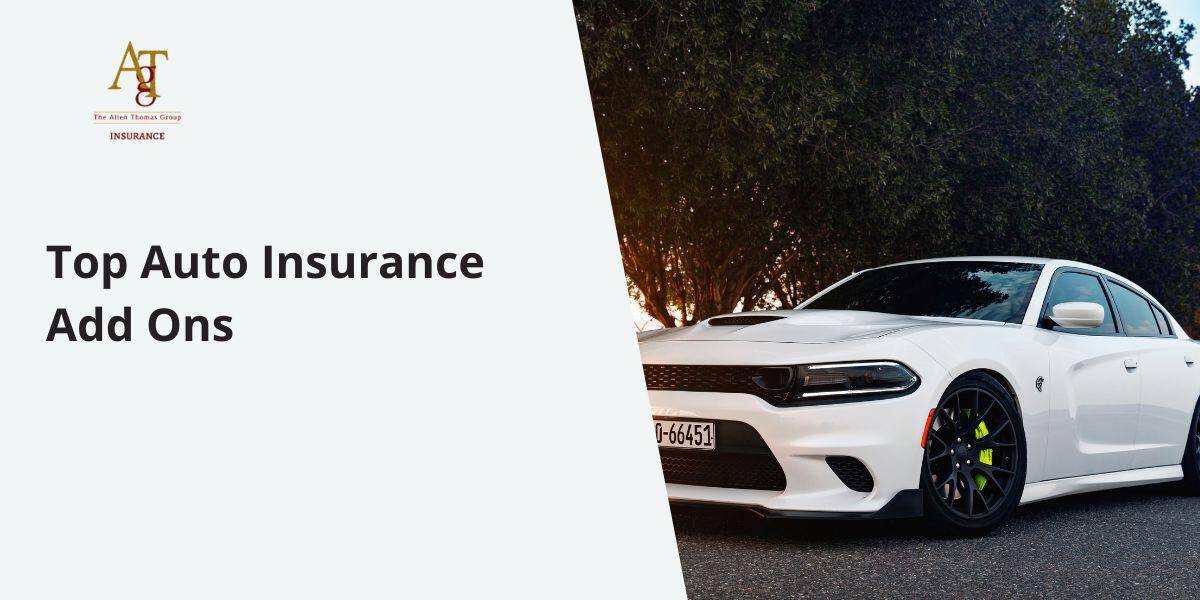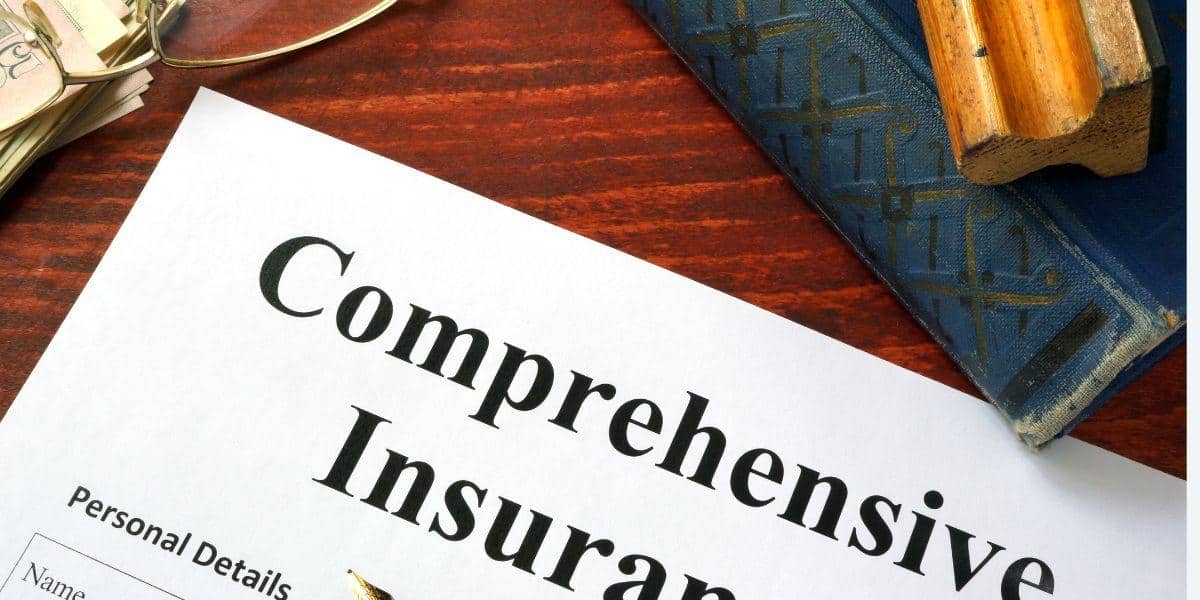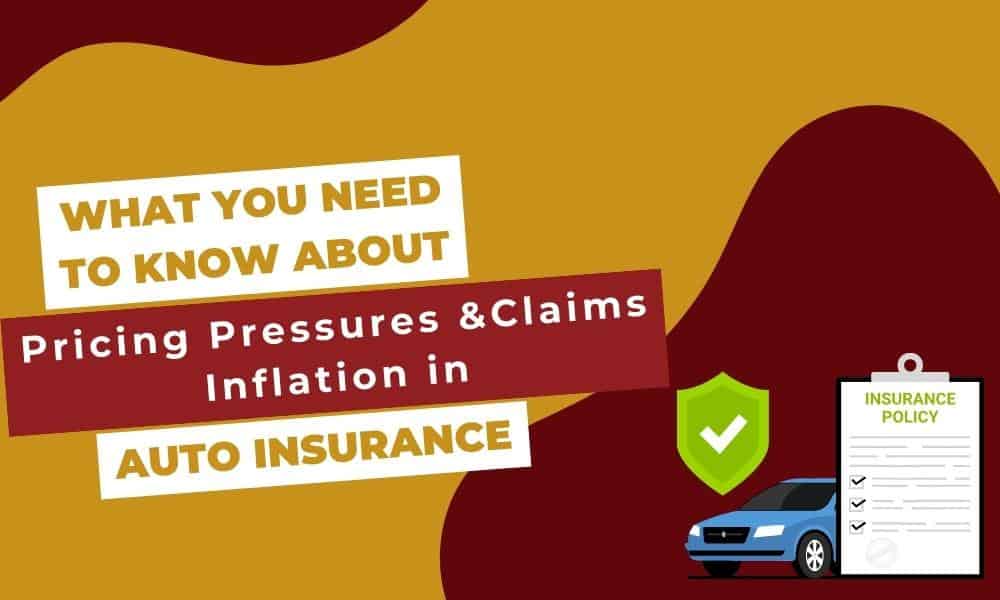Imagine cruising down the highway, your favorite tune blasting through the speakers. Then, out of nowhere, crunch!
An accident – not your fault but the other driver speeds off or worse, they’re uninsured.
Here’s where Uninsured and Underinsured Motorist Coverage steps in like a superhero saving the day.
About one in seven drivers in the U.S. doesn’t have insurance. Shocking? Yes.
But even more shocking is being left to foot medical bills or car repairs because someone else decided to skip on their insurance payments.
Having this coverage isn’t merely an additional detail in your auto insurance agreement; it’s essentially your tranquility anchor amidst life’s unpredictable waves. And while it might seem like just another expense today, if that unfortunate moment ever arrives, you’ll be counting your lucky stars you opted for it.
Let us guide you through why this coverage isn’t optional; it’s essential.
Understanding Uninsured and Underinsured Motorist Coverage
Let’s get real for a moment. Imagine cruising down the highway, tunes blasting, not a care in the world—until bam. You’re sideswiped by another car.
Now, if that driver bolts or they’re rolling with bare-minimum insurance (or none at all), where does that leave you?
Here’s where uninsured and underinsured motorist coverage becomes your unsung hero.
Definition of Uninsured Motorist Coverage
Uninsured motorist coverage is like having Batman on speed dial when the villain is an uninsured driver.
This part of your policy jumps into action if you’re hit by someone who skipped paying their auto insurance bill or decided to go without it entirely.
Definition of Underinsured Motorist Coverage
Moving onto underinsured motorist coverage.
This coverage steps up when the person at fault has some insurance but just enough to say ‘I have insurance’ rather than actually covering any serious damage or medical bills they caused you. It picks up where their liability limits end, making sure you aren’t left hanging with major expenses because someone else chose lowball coverages.
In both scenarios—whether dealing with an invisible shield (uninsurance) or a flimsy armor (underinsurance)—these coverages make sure justice prevails without leaving your wallet as collateral damage.
We live in a world where unpredictability takes center stage on our daily commutes; thus knowing what each type of motorist coverage does gives us back some control over potential chaos. They’re less about dodging financial bullets and more about ensuring peace of mind during those “just my luck” moments on the road.
Takeaway:
Hit by an uninsured or underinsured driver? Don’t sweat it. Uninsured and underinsured motorist coverage is your financial shield, keeping you covered when others fall short. It’s not just insurance; it’s peace of mind on wheels.
The Importance of Having Uninsured and Underinsured Motorist Coverage
How UM and UIM Coverages Protect You
Picture this: UM/UIM is like having a superhero for your car insurance policy. When the villain—aka an uninsured or underinsured driver—strikes, these coverages swoop in to save the day.
- Uninsured Motorist Coverage: This kicks in if you get hit by someone who’s rolling without any auto insurance at all.
- Underinsured Motorist Coverage: And this one steps up when the person at fault doesn’t have enough insurance to cover all your costs.
You might think it won’t happen to you but remember, about one in seven drivers in the U.S. don’t carry auto insurance despite laws requiring it.
Why You Need UM and UIM Even with Collision Coverage
Sure, collision coverage might seem like enough until it isn’t.
It covers damages to your vehicle after an accident with another car or object regardless of who’s at fault—but what about medical bills?
Cue UM/UIM stepping back into the spotlight.
These guys aren’t just focused on fixing dents; they’re here making sure YOU are taken care of too – covering everything from medical expenses (yes, even surgery), lost wages because let’s face it – not working means no paycheck coming through—and pain & suffering too because accidents take more than just physical tolls on us.
Think of UM/UIM as your financial safety net woven tightly with peace-of-mind threads for those “just-in-case” moments.
In some states, uninsured and underinsurance motorists’ protection is bundled together giving you double-layered armor against unexpected hits—all while keeping premiums unscary.
So yes—even if you’ve got collision coverage—you absolutely need UM/UIM because life happens fast…and sometimes furiously.
Remember: Drive safe but insure safer.
Takeaway:
Don’t get caught off guard by uninsured drivers. UM/UIM coverage is your financial safety net, ensuring you’re covered for car repairs and medical bills—even when the other driver isn’t.
Different Types of Uninsured Motorist Coverage
So, you’ve been hearing a lot about uninsured motorist coverage but are scratching your head over what it all means? How about we simplify it into manageable chunks, so it’s easier on the noggin?
Uninsured Motorist Bodily Injury Coverage (UMBI)
Imagine this: You’re driving home from work, minding your own business, when bam. An uninsured driver hits you. Now what? That’s where Uninsured Motorist Bodily Injury Coverage, or UMBI for short, steps in. It’s like having a safety net that catches you by covering medical bills and lost wages if you or your passengers get injured. And let me tell ya, with the number of drivers out there rolling without insurance, it’s more than just peace of mind—it’s practically a necessity.
Uninsured Motorist Property Damage Coverage (UMPD)
But wait—there’s more. Your car took quite the hit too. Enter Uninsured Motorist Property Damage Coverage, known as UMPD among friends.
This one helps pay for repairs to your ride after an uninsured driver turns it into something resembling modern art on wheels. The kicker? Not every state offers UMPD coverage and there are some limits on how much they’ll shell out for damages.
In essence,
- UMBI has got your back if injuries enter the picture,
- And UMPD steps up to bat when property damage is done.
Buckle up because we’re not done yet; these coverages could save the day in case an uninsured driver decides to crash your party—literally.
Evaluating Your Auto Insurance Policy
So, you’ve got an auto insurance policy. Great start. But let’s get real—do you know what’s actually covered?
Specifically, do you have uninsured motorist (UM) or underinsured motorist (UIM) coverage? Don’t sweat it if you’re not sure. You’re about to become a pro at understanding your policy.
Identifying UM or UIM in Your Policy
Diving into the sea of insurance jargon can be less than thrilling. But here’s the thing: knowing whether you have UM or UIM coverage is crucial. Start by grabbing your policy document. Yes, that one collecting dust on your shelf.
- The Declarations Page: This is like the TL;DR of your auto policy. It outlines what coverages are included and their limits in clear terms.
- Coverage Sections: If UM/UIM isn’t explicitly listed on the declarations page, don’t panic yet. Skim over to the coverage parts for a deeper dive into specifics.
Liberty Mutual offers insights on how these coverages protect against drivers who aren’t adequately insured.
Understanding Your Auto Policy Limits
Got clarity on having UM/UIM now? Awesome sauce. Next up: decoding those mysterious numbers known as ‘policy limits’.
- Your Limits of Liability: This number tells you how much moolah your insurer will cough up for damages per accident under each type of coverage.
- Texas Department of Insurance suggests, “The higher this limit, typically, the safer you are.”
If finding all this feels like deciphering ancient hieroglyphs – remember help’s just a call away to your agent or broker.
How to Determine the Right Amount of Uninsured Motorist Coverage
Finding that sweet spot for your uninsured motorist coverage isn’t just about ticking a box on your insurance policy.
Choosing the right level of uninsured motorist coverage is essentially about securing your mental tranquility and ensuring economic stability.
So, let’s get into how you can nail down the perfect amount.
Factors to Consider When Choosing Your UM Coverage
The road to picking your UM coverage is less about following a map and more like using a compass—you’ve got directions but need some intuition too. Here are factors that should guide you:
- Your state’s requirements: First things first, know what’s required. Some states make it easy by setting clear rules for uninsured/underinsured motorist coverage.
- Your risk aversion level: How much do potential risks keep you up at night? If the thought of an underinsured driver hitting you sends shivers down your spine, higher limits might be worth considering.
- Your current health insurance: Got solid health insurance? This could influence how much bodily injury coverage feels right for you.
- The value of your assets: More assets mean there’s more at stake if an uninsured driver hits and sues you—another reason to bump up those limits.
Weigh these factors against each other, mix in a dash of personal judgment, and voila—you’re closer than ever to finding that Goldilocks zone for your UM coverage needs.
The Cost of Uninsured Motorists
You’re probably wondering now: “What’s this going to cost me?” Well, breathe easy because it turns out uninsured motorist coverage costs on average $67 or just over $5 a month. That’s likely less than what many spend monthly on coffee.
Budget-wise here’s something else neat: The rule of thumb says to match uninsured/underinsurance (UM/UIM) with bodily injury limits. Translation? If you’ve set $100k/$300k for injuries per person/per accident in liability, mirror those figures in UM/UIM coverages as well.
This approach keeps things simple yet robust enough to cover most scenarios where these covers kick into action without breaking the bank either. And remember, rates vary by state so chatting up a representative might not hurt to get specifics tailored precisely to suit your unique situation too.
Takeaway:
Finding the right uninsured motorist coverage is all about balancing your needs and risks. Consider state laws, your comfort with risk, health insurance, and asset value to hit that perfect mark. And good news—it’s probably cheaper than your coffee habit.
Dealing with Accidents Involving Uninsured or Underinsured Drivers
What Happens If an Uninsured Driver Hits You?
Panic mode might start kicking in when you realize the other driver has no insurance. This scenario happens more often than we’d like to admit.
This is where uninsured motorist coverage becomes your superhero cape. It swoops in to cover damages caused by these rogue drivers who thought they could play fast and loose on our roads.
What Happens If an Underinsured Driver Hits You?
Say hello to Mr,Ms.’I-thought-minimum-liability-was-enough’. They hit you hard but their insurance whispers rather than shouts; it just isn’t enough to cover all your bills.
In some states (because yes, rules change depending on where you are), as long as what they owe exceeds their policy limits, your underinsurance kicks into high gear covering that gap up until its own limit maxes out.
The key takeaway here?
Auto accidents can get complicated fast when uninsured or underinsured drivers enter stage left (or right). That feeling of having someone back you up financially after such incidents can be quite reassuring because let’s face it: medical bills and car repairs aren’t getting any cheaper.
Your best bet is always being prepared before anything happens—make sure those parts of your policy aren’t just fine print but lifelines ready at hand should disaster strike on wheels. You got this.
Takeaway:
Hit by an uninsured or underinsured driver? Don’t panic. Uninsured and underinsured motorist coverage acts as your financial safety net, ensuring you’re not left to foot the bill alone. Stay prepared and make these coverages a priority in your policy.
FAQs in Relation to Uninsured and Underinsured Motorist Coverage
What is the difference between uninsured and underinsured?
Uninsured coverage kicks in when the at-fault driver has no insurance. Underinsured applies if their limits can’t cover your losses.
Why do you need underinsured motorist coverage?
This safety net ensures you’re not left footing bills after an accident with a poorly insured driver.
What is the disadvantage of uninsured motorist coverage?
The main downside? It ups your premium. But, it could save you from massive out-of-pocket expenses later on.
The Wrap Up And An Offer To Get Protected
So, there you have it.
Uninsured and Underinsured Motorist Coverage isn’t just another checkbox on your insurance form; it’s a guardian angel for your wallet and peace of mind. It’s the unsung hero in the tale of modern driving – a world where not everyone plays by the rules.
We’ve journeyed through what these coverages mean, why they’re non-negotiable even if you have collision coverage, and how to ensure you’re not left holding the bill when someone without enough (or any) insurance decides to crash into your day.
We’ve laid out all there is to know because I believe knowledge empowers action. And now that this wisdom is yours, let it be your guide as you steer through choices about auto insurance with confidence. Remember, roads are full of surprises but so are solutions—if only you’re prepared to embrace them.
Let this moment mark the start of choosing security over uncertainty—because knowing you’re covered no matter who hits you? That’s real freedom on four wheels. So why not get yourself protected with the right coverage!
Need Better Auto Insurance Coverage, Why Not Get A Quote Now?
Author
